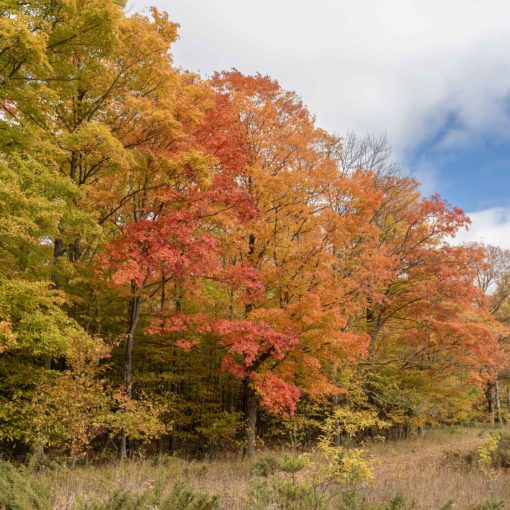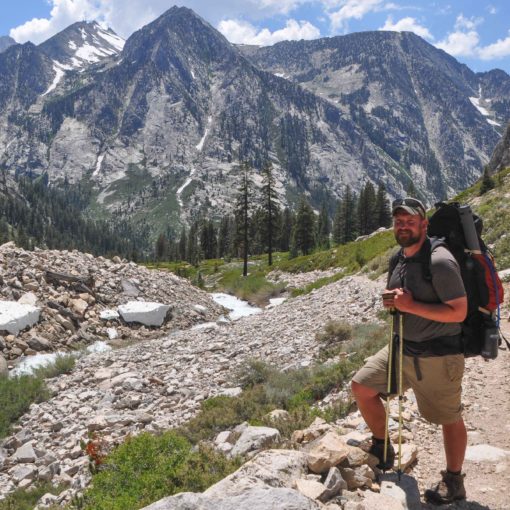By Andy Orf, Northern Door Astronomy Club
Experienced stargazers use a method called “star hopping” to find their way around the night sky. If you recognize certain stars, you can “hop” from one star to another. Most people can usually locate the Big Dipper – the constellation Ursa Major. Here is a quick tutorial to help you find other stars.
If you follow the arc of the Big Dipper’s handle toward the southern horizon, you will come to the bright star Arcturus in the constellation Boötes. If you continue to follow the arc past Arcturus, you will see the bright star Spica in the constellation Virgo.
If you follow a line from the first two stars that form the cup of the Big Dipper to the southwest, you will come to the bright star Regulus in the constellation Leo. If you follow a line from the other two stars that form the cup of the Big Dipper in the opposite direction, you will find the northern star Polaris in the constellation Ursa Minor. Polaris always points directly north. It was used by explorers to navigate land and sea for centuries. If you were standing at the North Pole, Polaris would be directly overhead (the zenith).
If it is a dark night, you should be able see the Milky Way, which contains millions of distant stars stretching from the southeast to the northeast horizons. See if you can spot the five stars that form a “W” in the Milky Way about 20 degrees above the northern horizon. These stars make up the constellation Cassiopeia. A little farther north along the Milky Way is the bright star Deneb, which marks the tail of the swan in the constellation Cygnus. See if you can spot the three stars that make up the wing of the swan, and the dimmer star further along the Milky Way that represents the swan’s head. About halfway between the wing and the swan’s head, and slightly west of the Milky Way, you will see the bright summer star Vega in the Lyra constellation.
Hopefully, we soon will have the opportunity to hold lectures and public events, with telescope viewing, in Newport State Park. In the meantime, let’s continue to enjoy the wonders of viewing the night sky.
Photo Credit:
Ursa Major: Einar Einarsson Kvaran, via Wikimedia Commons





